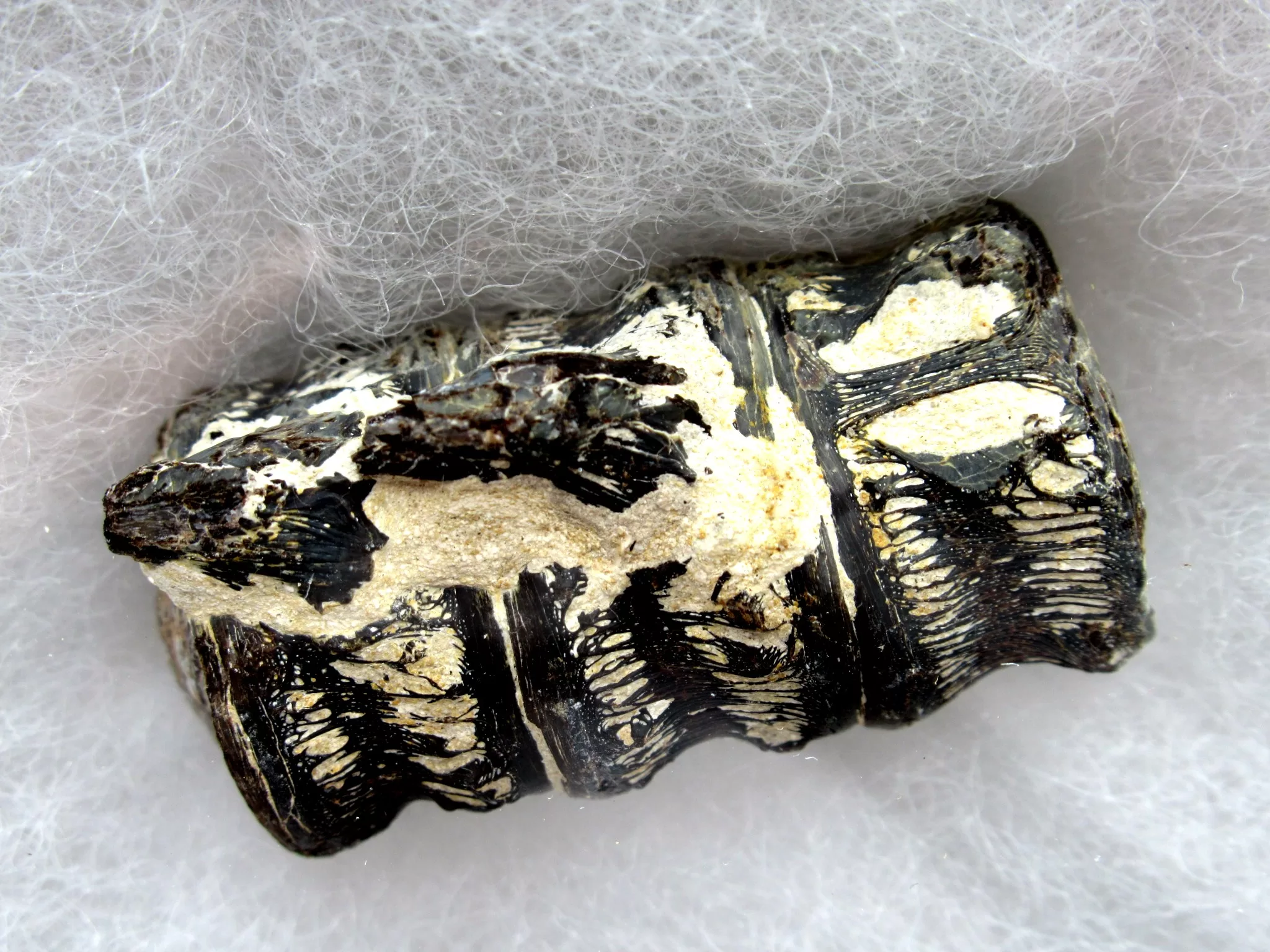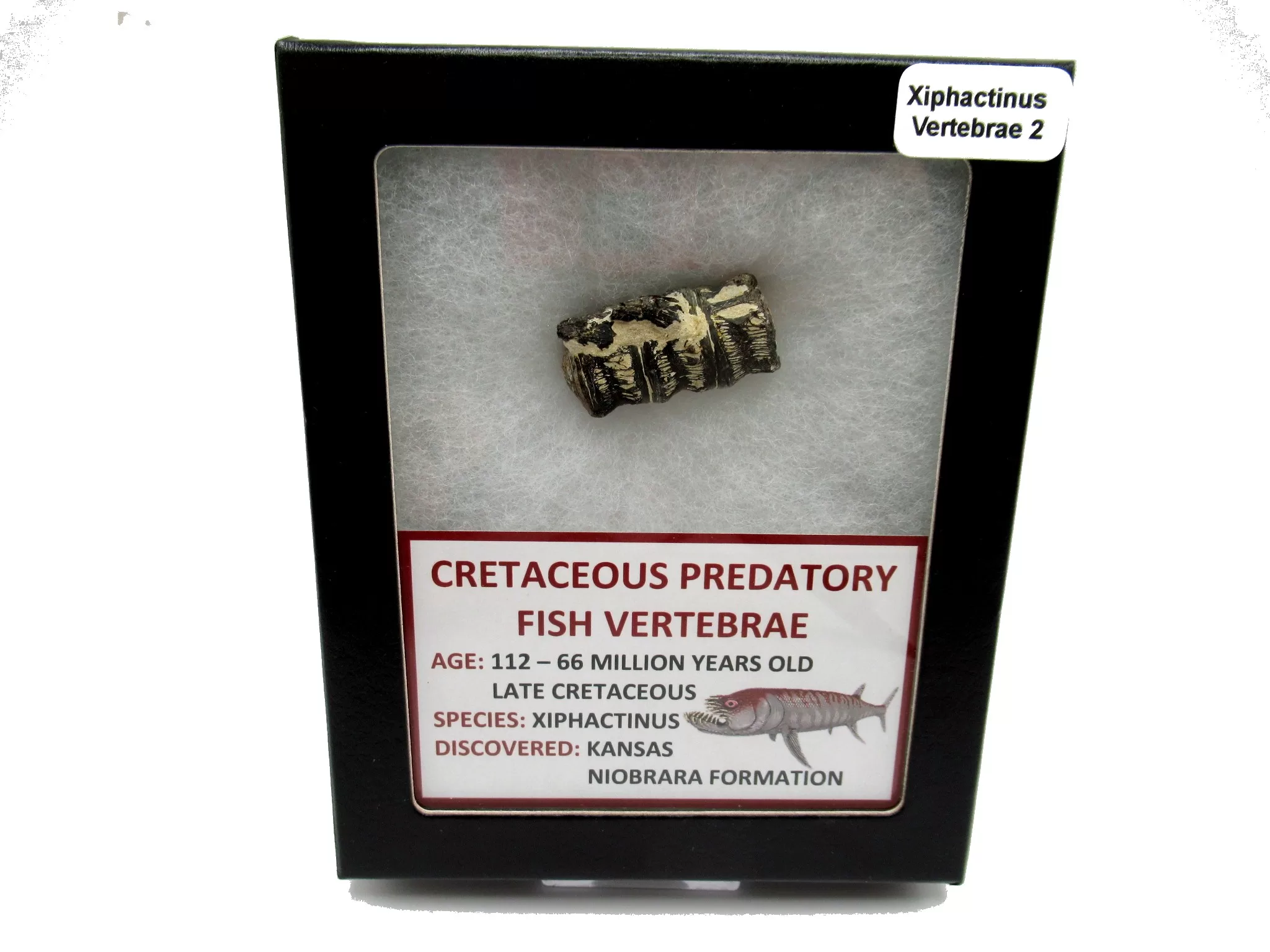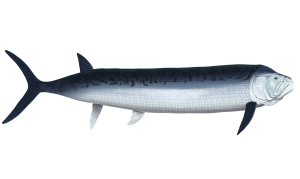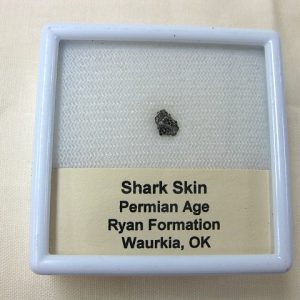Description
Xiphactinus Fish Vertebrae
- Xiphactinus audux
- Cretaceous Age
- Niobrara Formation
- Kansas
- This is a fused string of vertebrae that measures 1.36″ long. The specimen comes in a 4.5″ x 5.5″ Riker Mount with Label as Shown.
- More Fish Fossils for Sale
WHAT IS A XIPHACTINUS?
Xiphactinus (from Latin and Greek for “sword-ray”) is an extinct genus of large (5.1 metres (16.7 ft) predatory marine bony fish that lived during the Late Cretaceous (Albian to Maastrichtian) Species in the genus bore a superficial resemblance to a gargantuan, fanged tarpon.
HOW BIG WERE THEY?
At 20 feet long and up to half a ton, Xiphactinus was the largest bony fish of the Cretaceous period. But it was far from the top predator of its North American ecosystem–as we can tell from the fact that specimens of the prehistoric sharks Squalicorax and Cretoxyrhina have been discovered containing Xiphactinus remains. It was a fish-eat-fish world back in the Mesozoic Era, though, so you shouldn’t be surprised to learn that numerous Xiphactinus fossils have been discovered containing the partially digested remains of smaller fish.
WHAT DID THEY EAT?
Species of Xiphactinus were voracious predatory fish. At least a dozen specimens of X. audax have been collected with the remains of large, undigested or partially digested prey in their stomachs. In particular, one 4.2 metres (14 ft) fossil “Fish-Within-A-Fish” specimen was collected by George F. Sternberg with another, nearly perfectly preserved 1.9 metres (6.2 ft) long ichthyodectid Gillicus arcuatus inside of it. The larger fish apparently died soon after eating its prey, most likely owing to the smaller prey’s struggling and rupturing an organ as it was being swallowed. This fossil is on display at the Sternberg Museum of Natural History in Hays,







